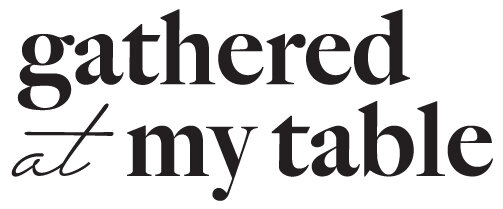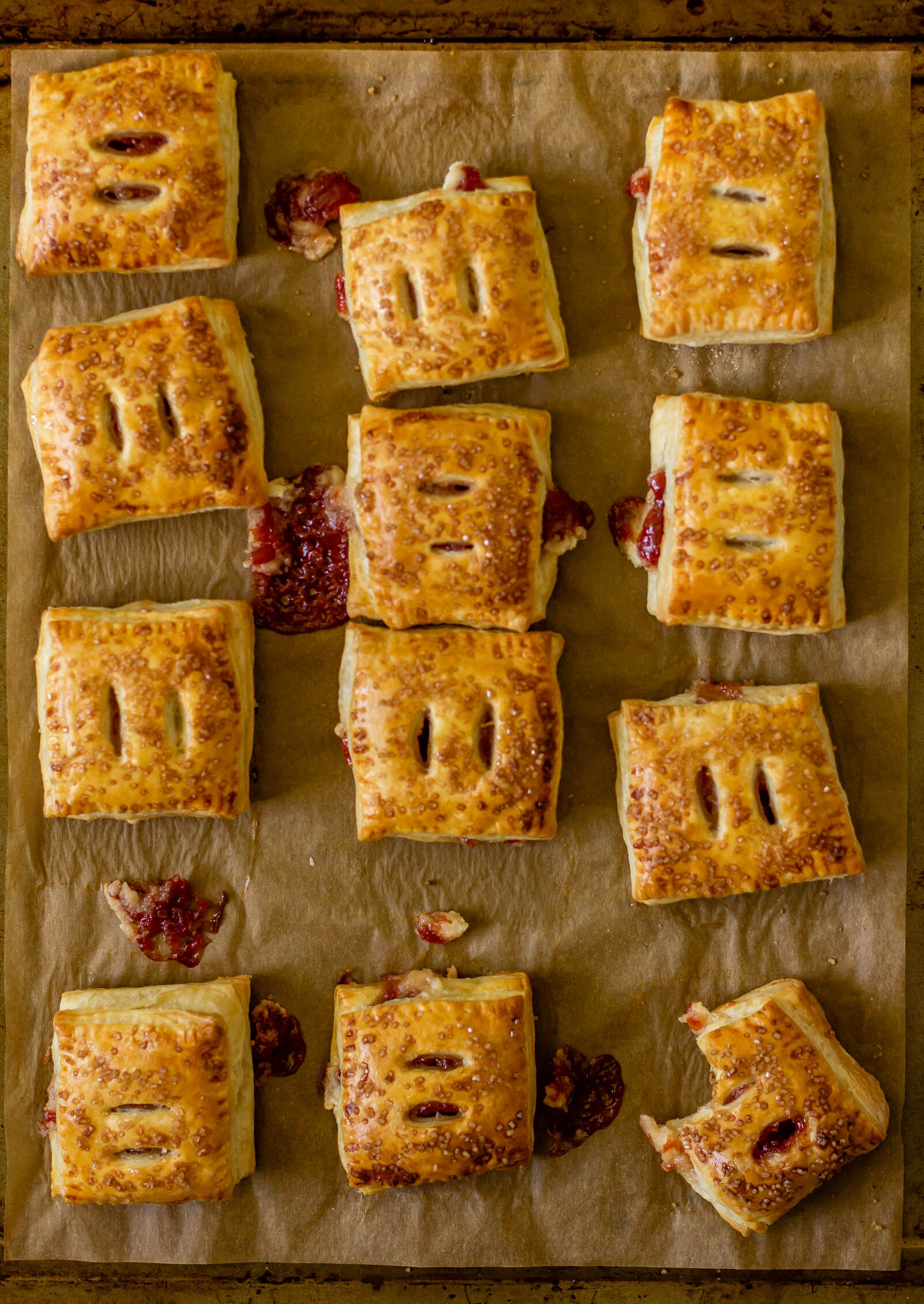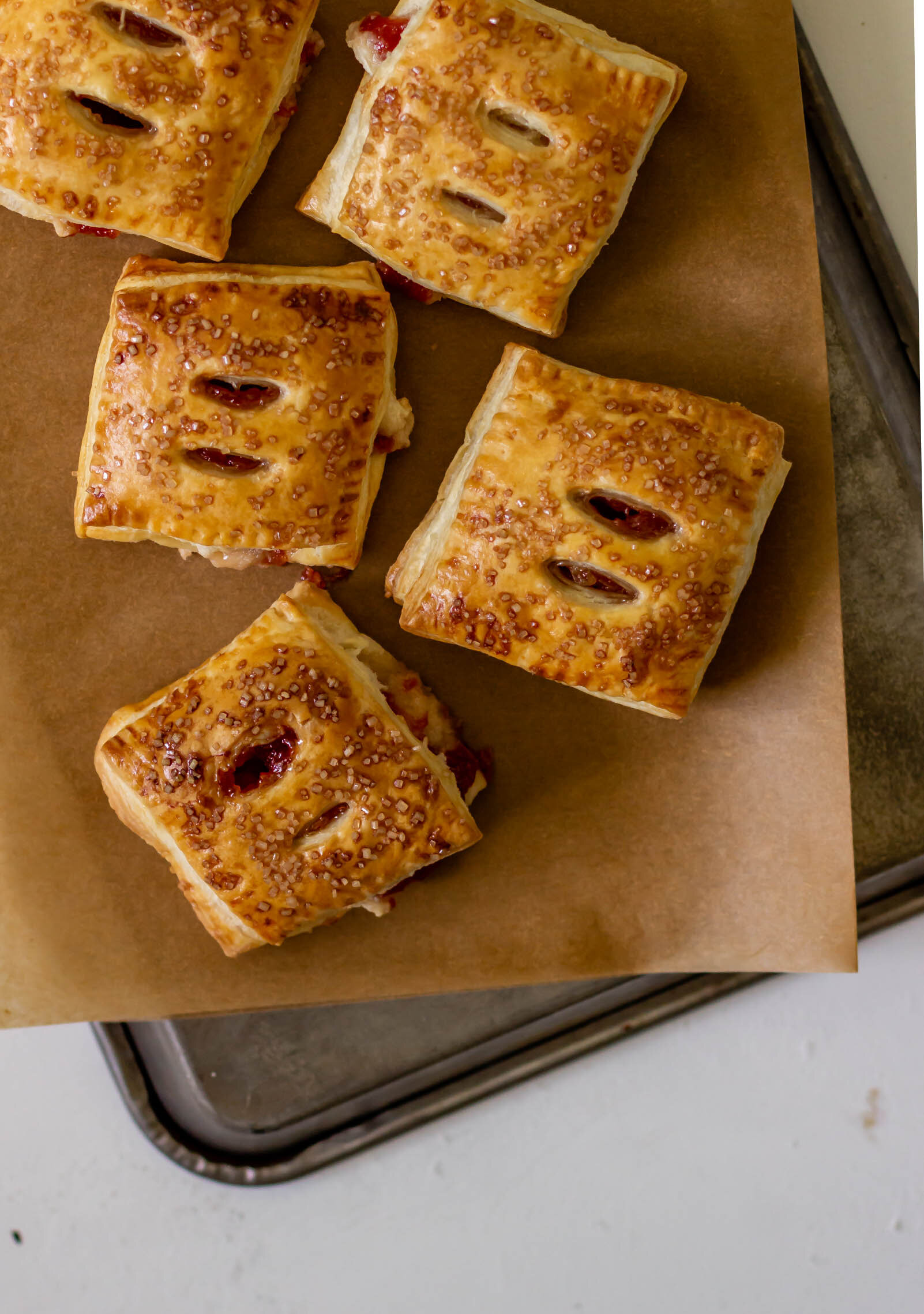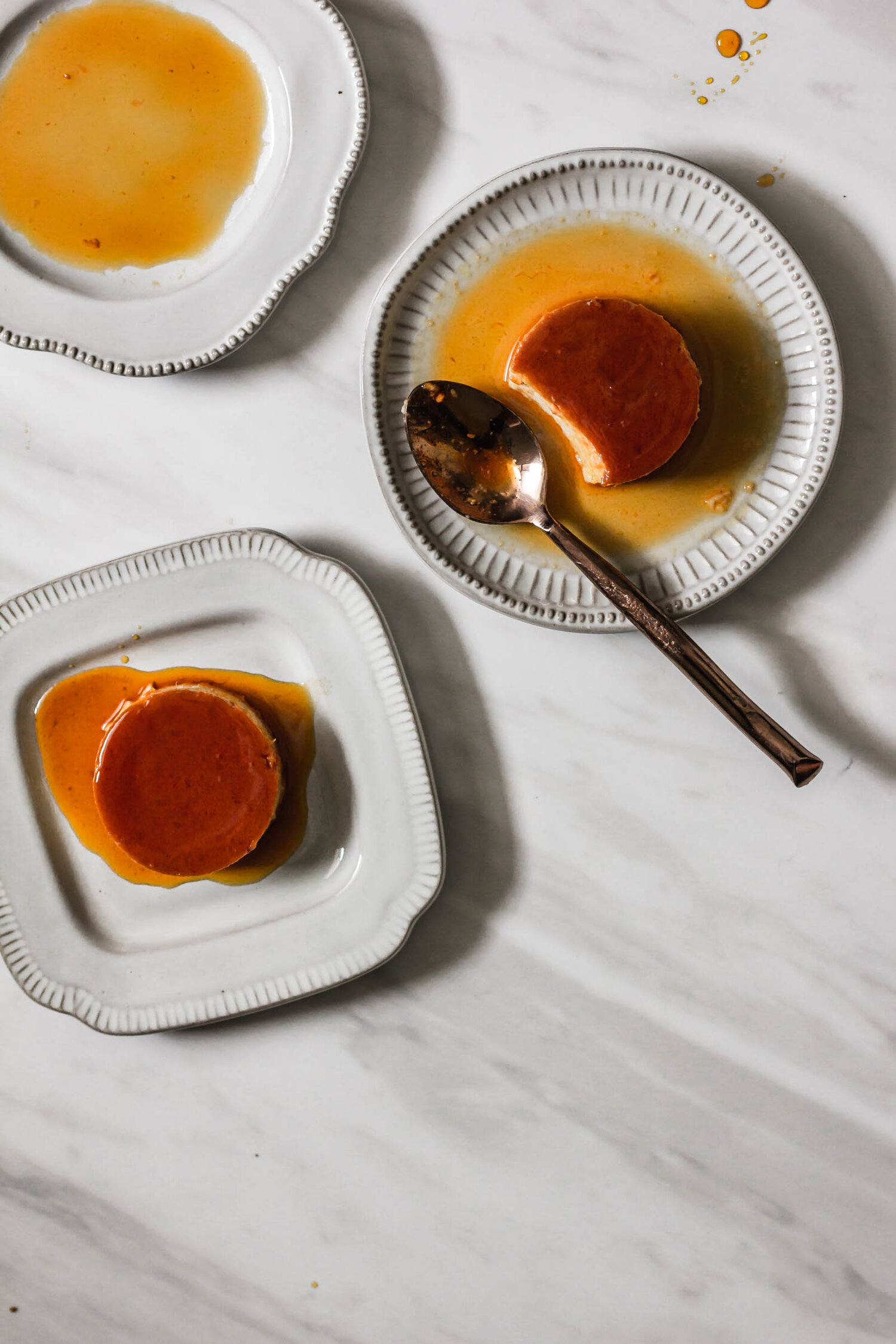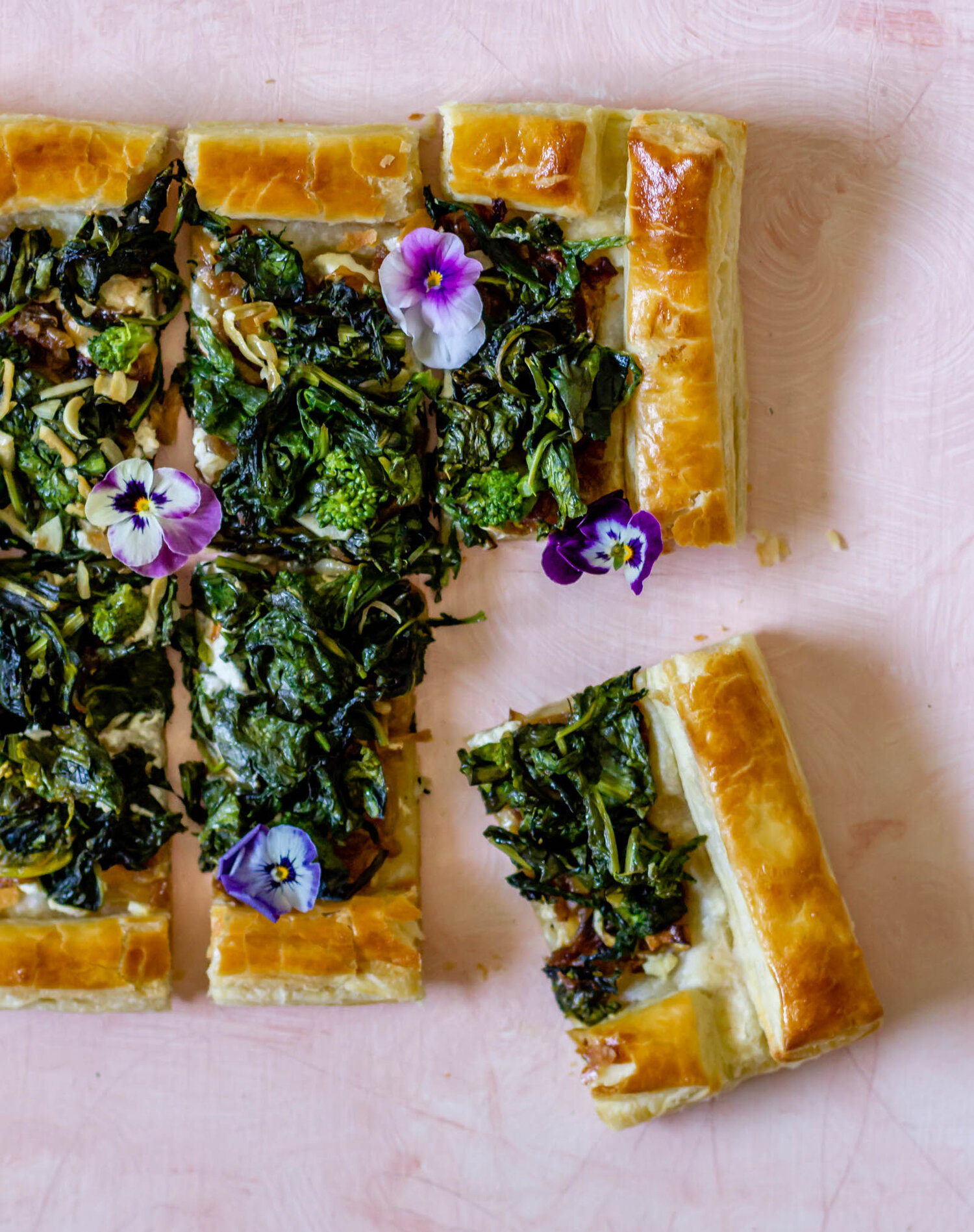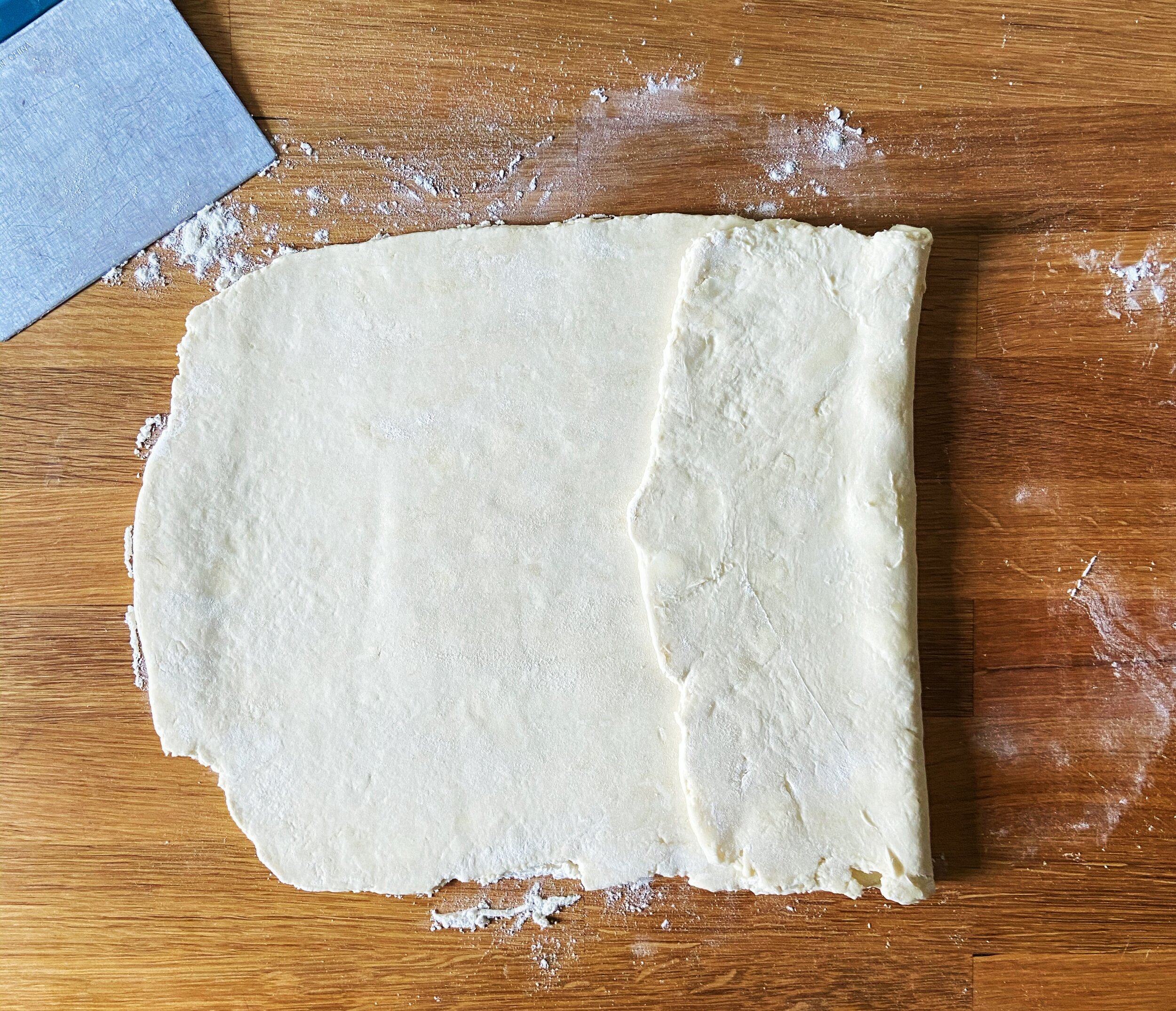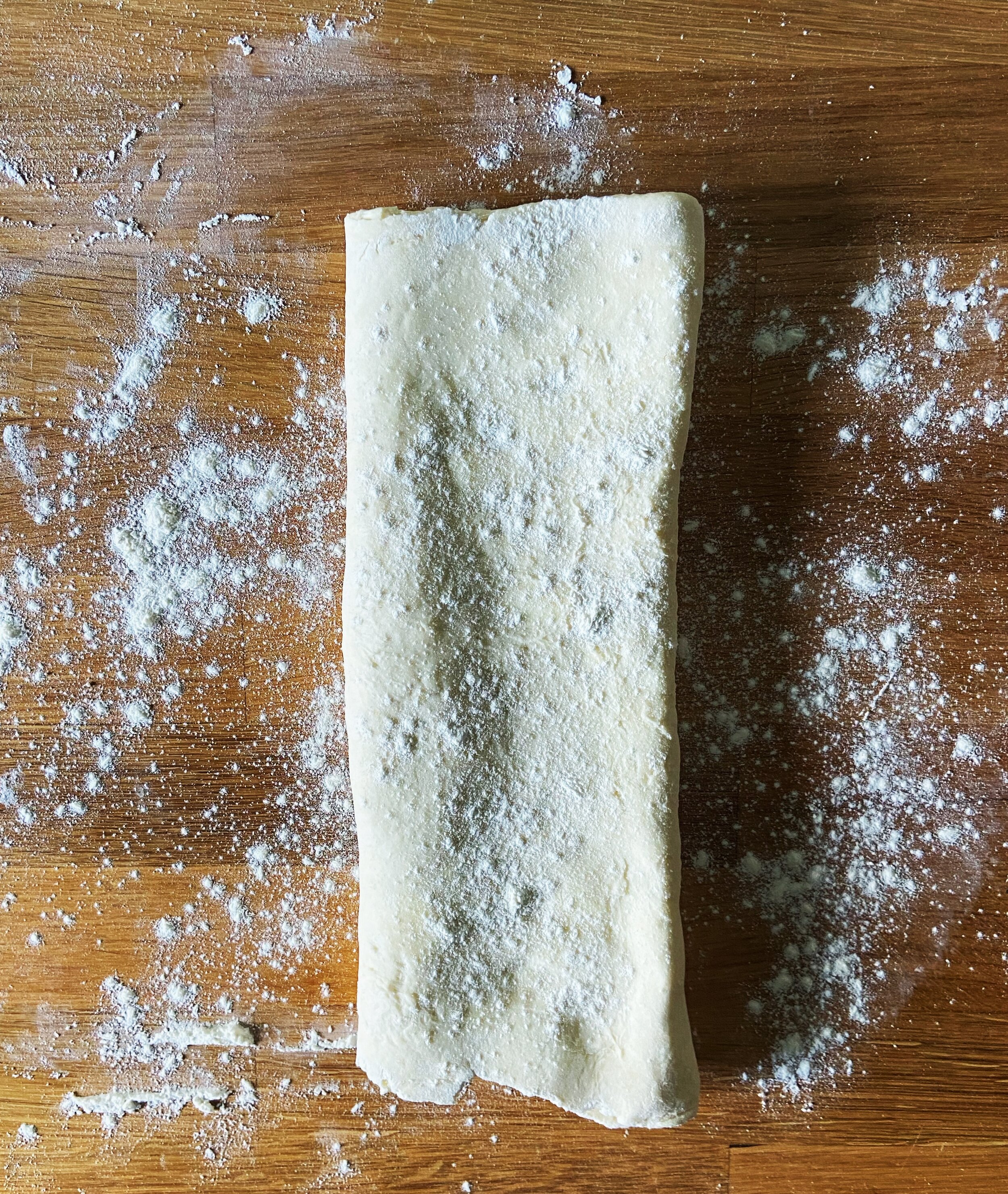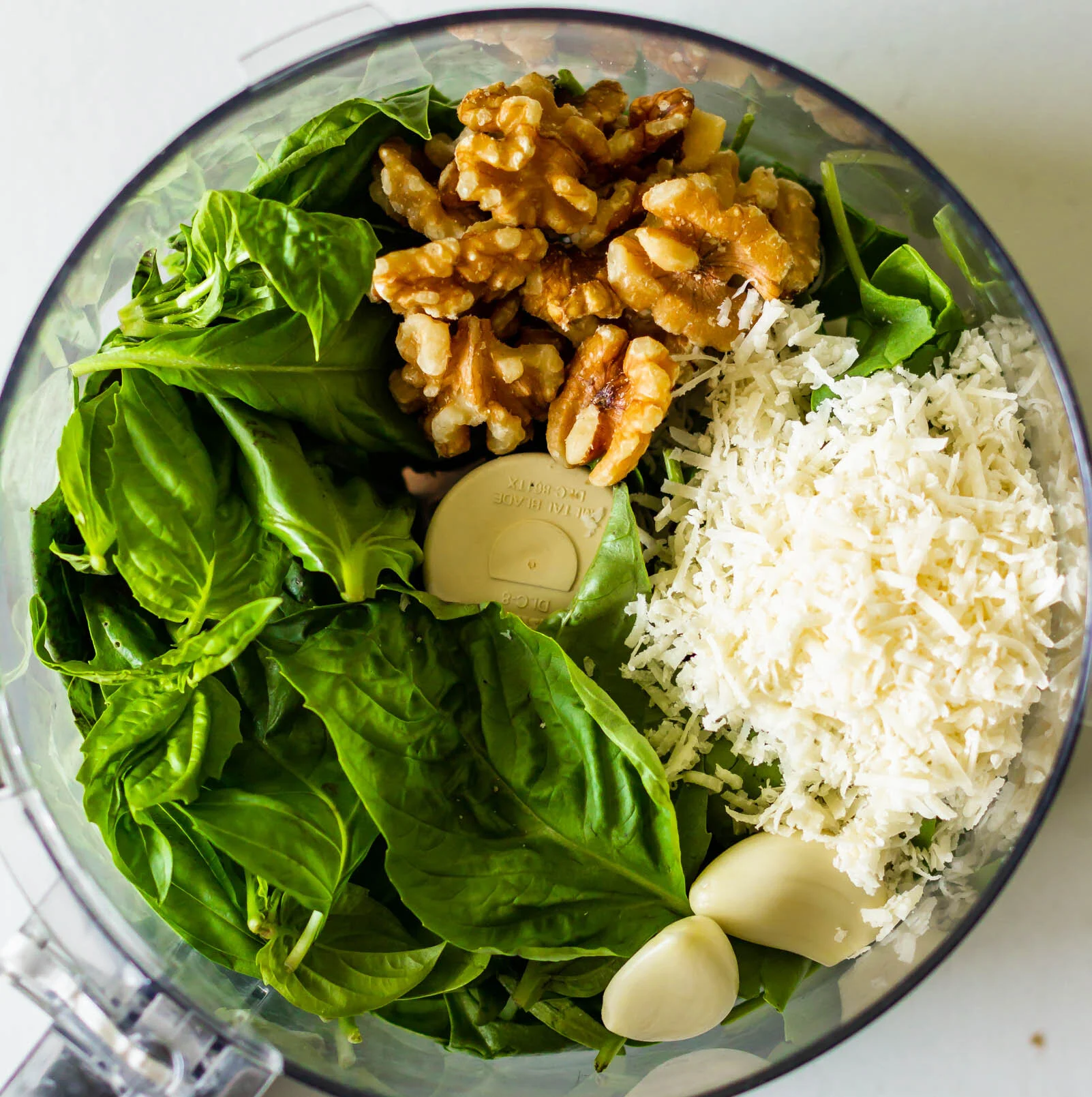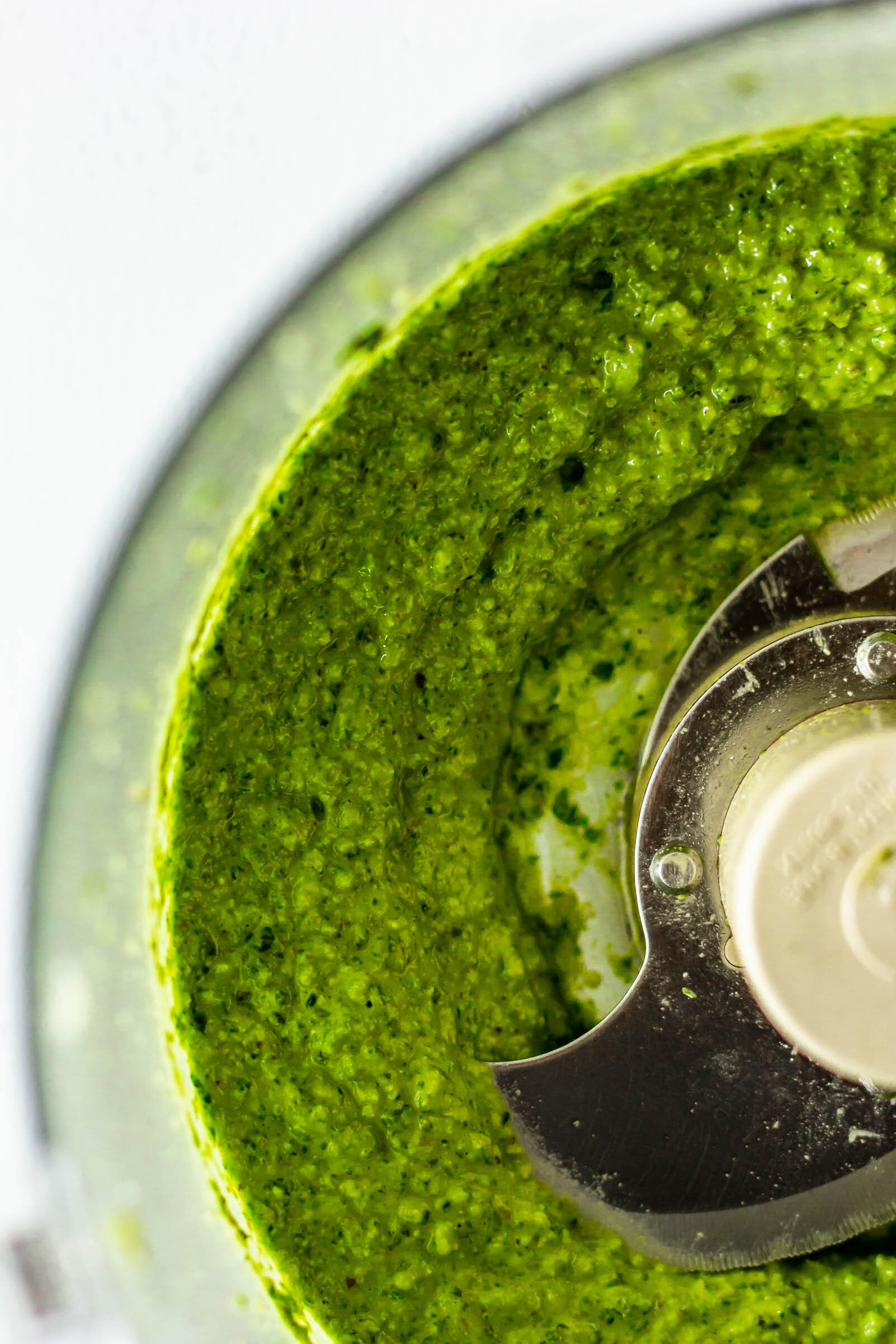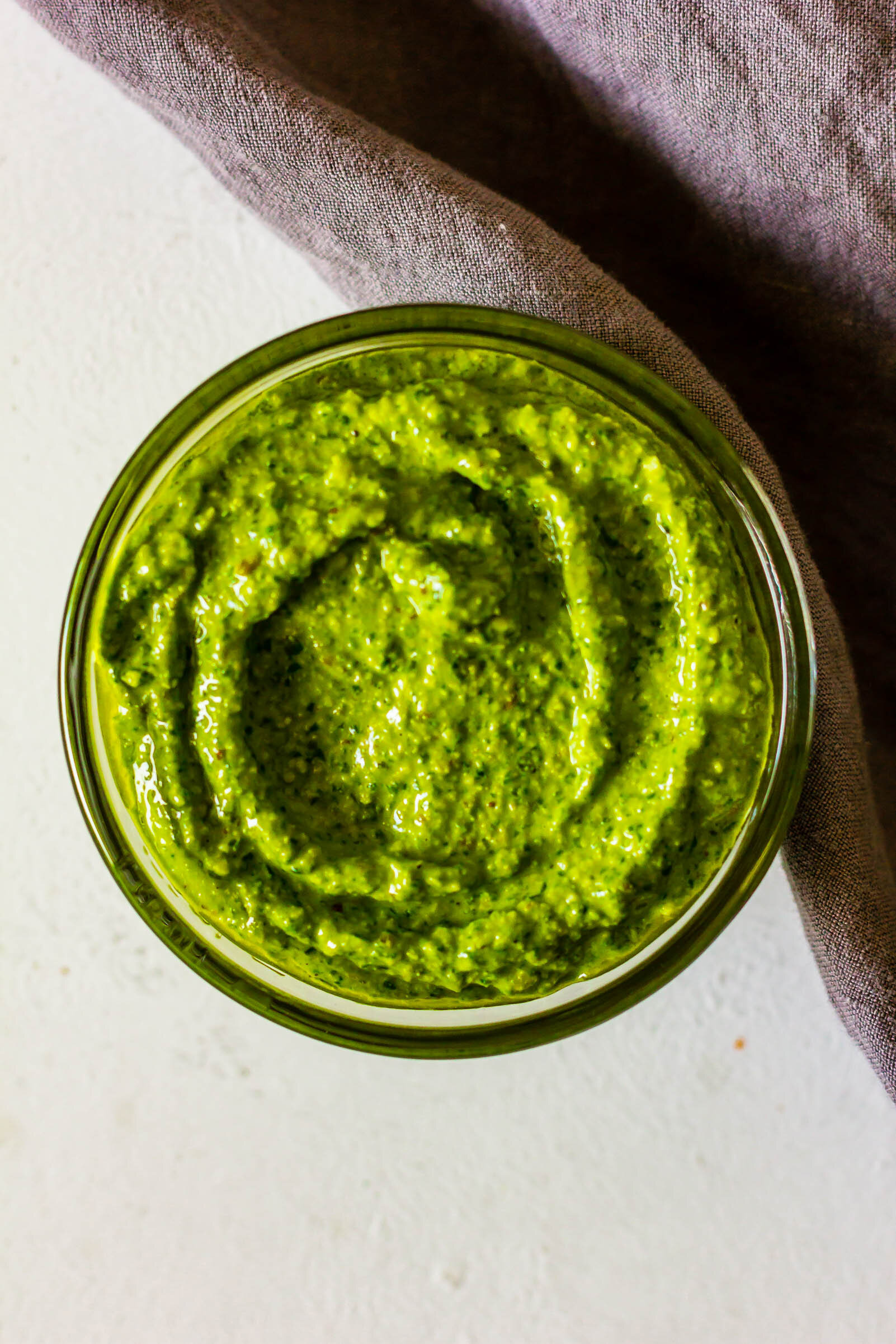Guava and Cheese Pastelitos
/This simple Latin guava pastry recipe uses store-bought guava paste, sweetened cream cheese, and includes a recipe and step-by-step instructions for making puff pastry at home.
In the eyes of my Hispanic husband, there is no greater treat in this world than guava and cheese pastelitos. And most of the time, I’m inclined to agree with him. Growing up outside of Miami, Latin pastries were everywhere. In my little community alone, there was a Colombian bakery, a Venezuelan bakery, a Peruvian bakery, and at least two Cuban bakeries. (Honestly, there were probably more but these are just the ones I can remember off the top of my head at this moment.) Many mornings, on the way to school, we would make a detour to Panna, a Latin bakery/cafe tucked inside of a gas station, where we would load up cafe con leches, empanadas, ham and cheese cachitos, and of course guava pastelitos.
Imagine my surprise my freshman year of college, when I moved only a few hours north to Orlando and discovered that I had relocated to a Latin pastry desert. The first weekend of classes, my roommate and I drove to four different Publix Supermarkets looking for ham croquettes and returned empty-handed to our dorm on the verge of tears. I’m happy to say that in the years since I first arrived in Orlando, the Latin pastry options have grown, but I have yet to find pastelitos as perfect as those from our South Florida gas station.
homemade guava pastries
So I made my own. The other day, I wrote about making puff pastry at home and though these pastelitos are best with homemade puff pastry, you can definitely use store bought if that’s more your style. They’re fairly simple to put together, filled with equal parts jazzed up guava paste and sweetened cream cheese. If you live in a place where guava paste is hard to get your hands out, I recommend seeking out a local Latin market if possible and supporting minority-owned businesses in your community (especially in the current situation). You can, however find it on Amazon and I will link a brand I use often at the bottom of the recipe.
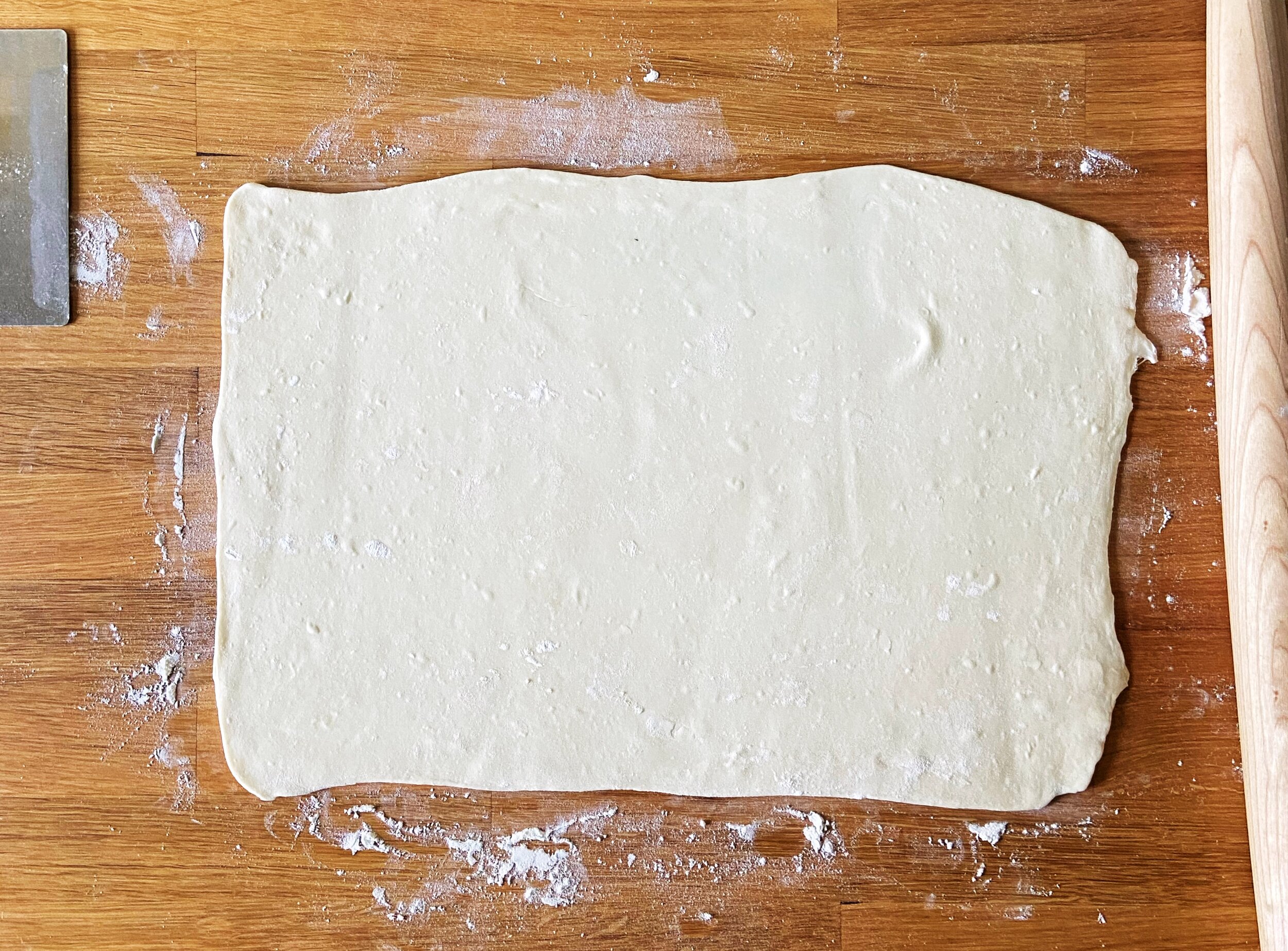
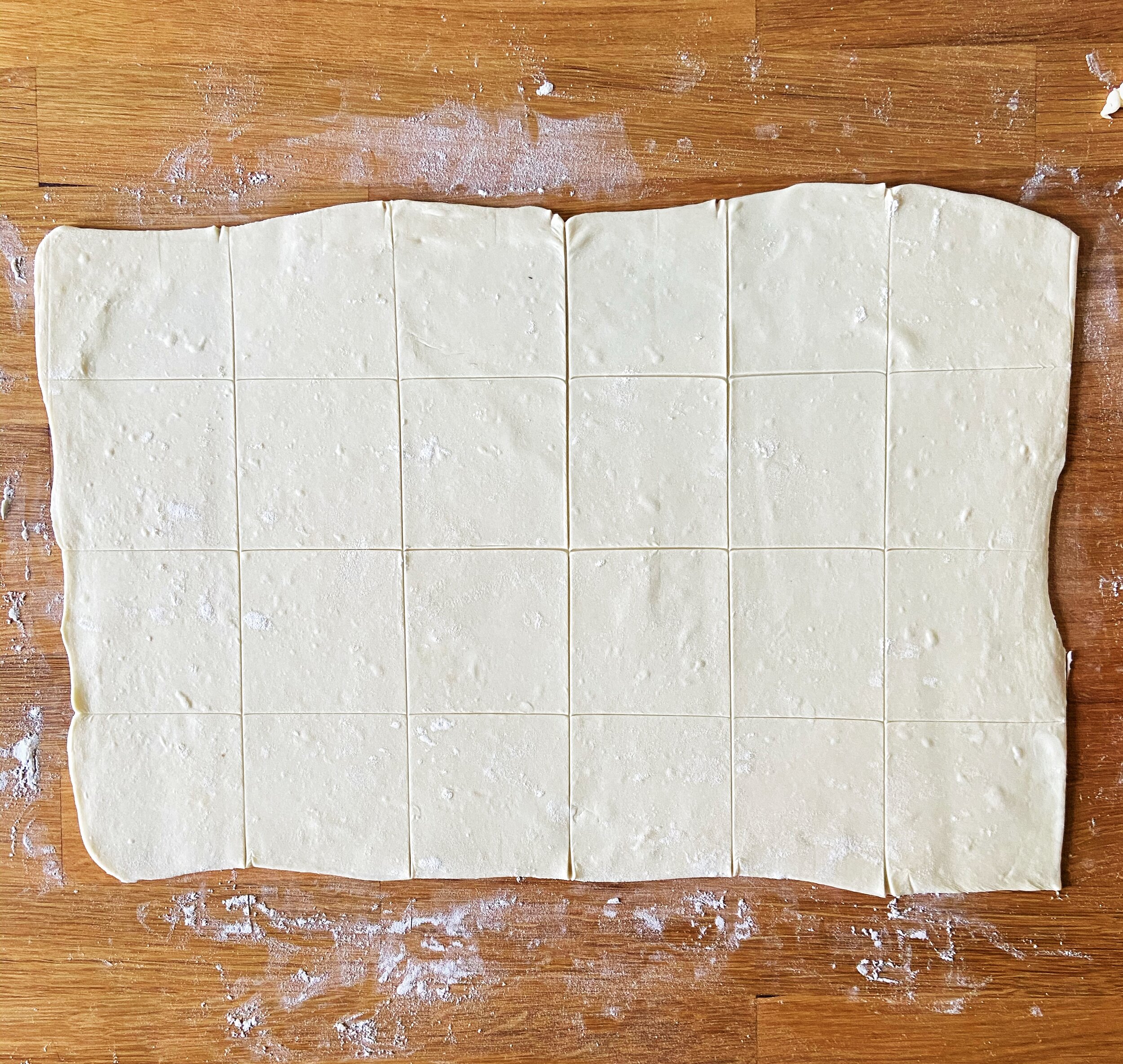
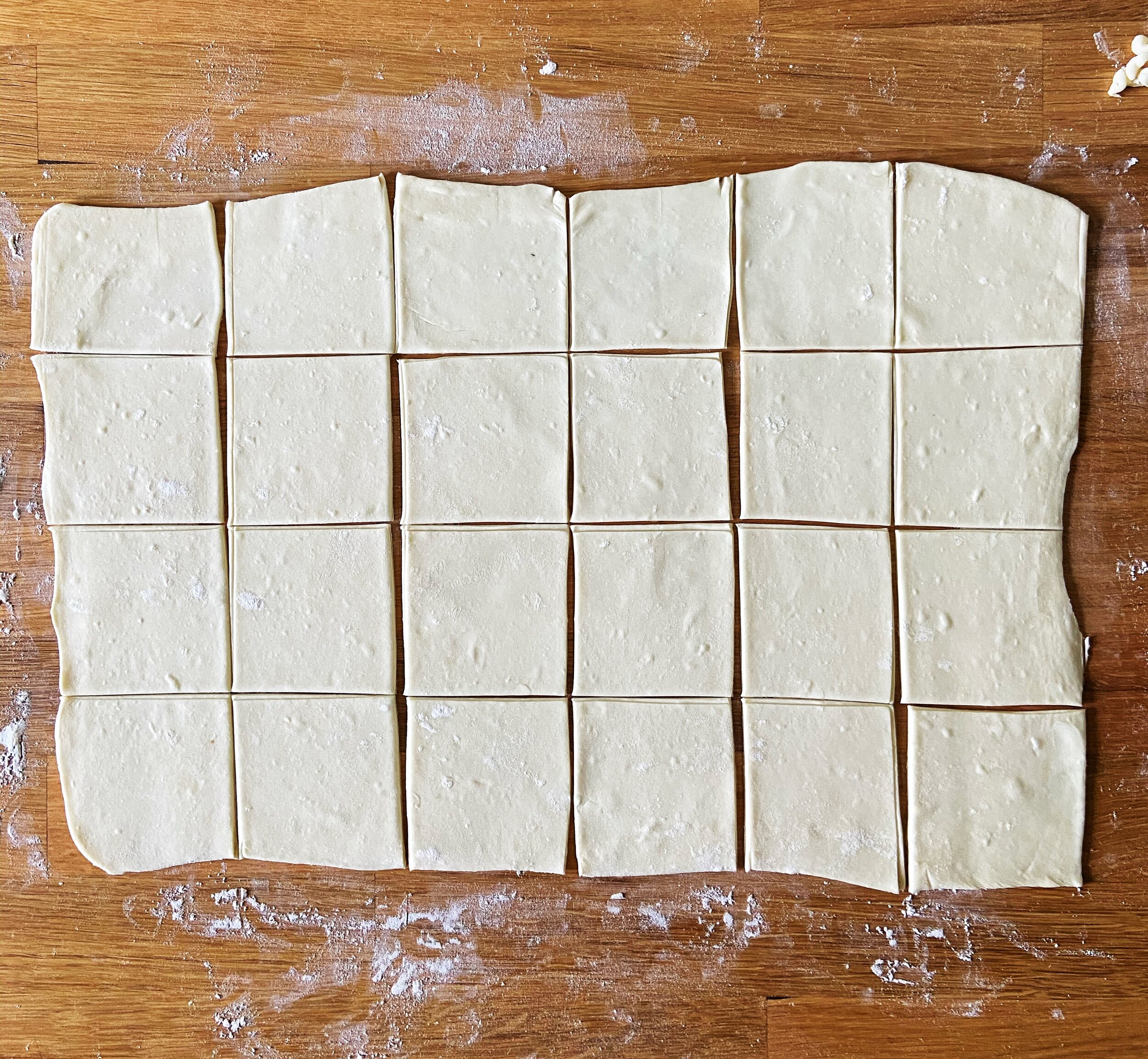
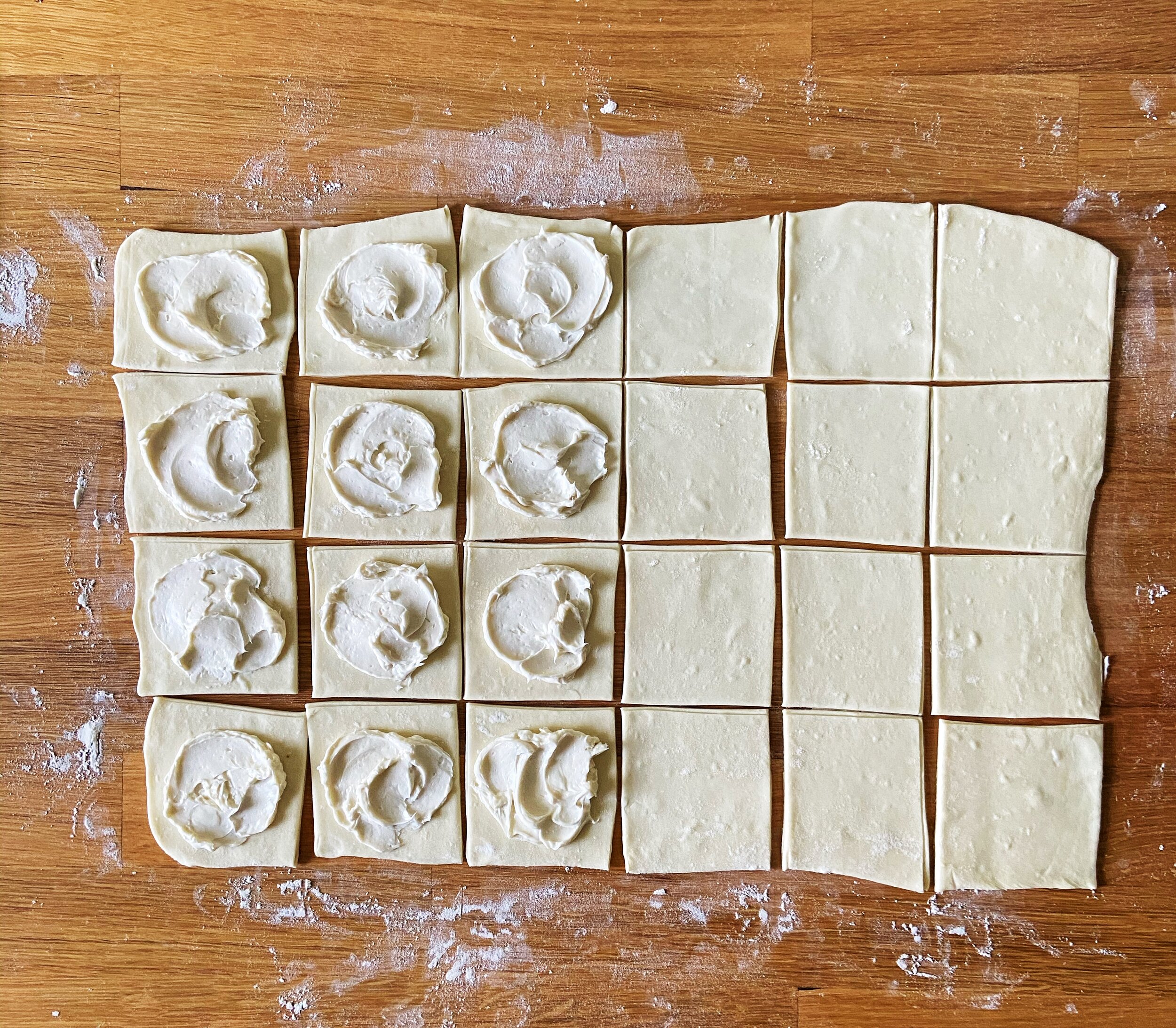

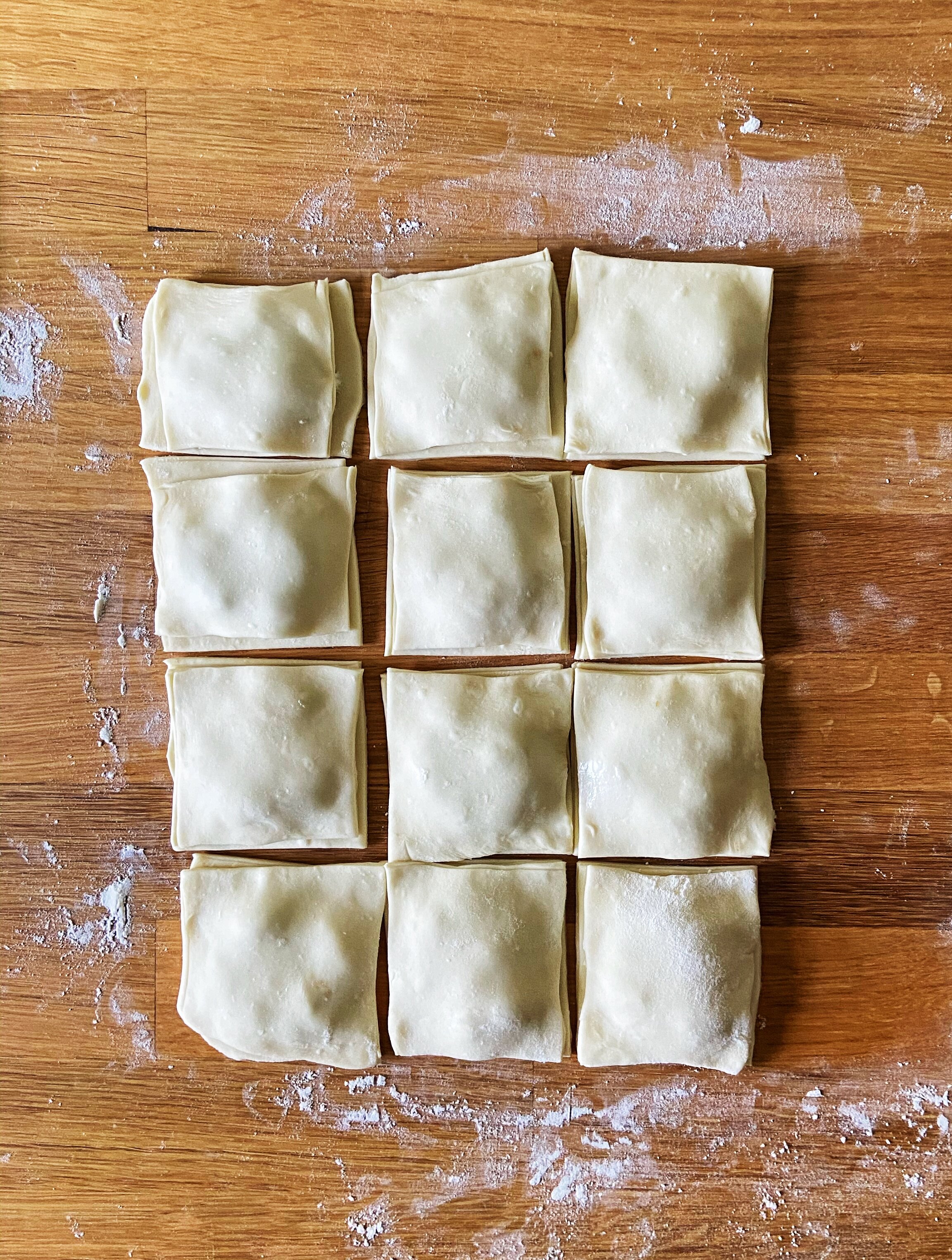
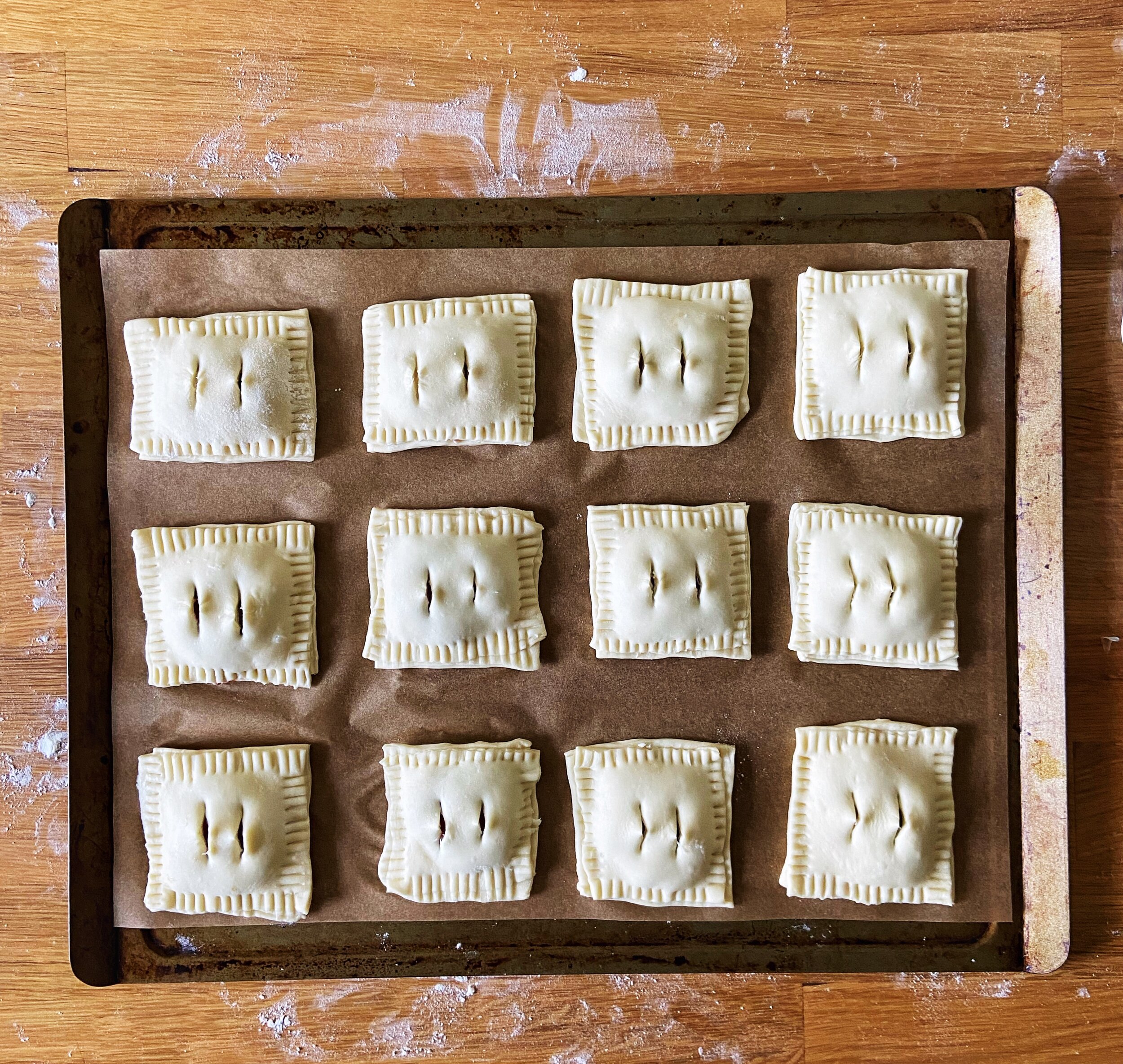

Guava and Cheese Pastelitos
Ingredients
- 1 lb puff pastry dough, homemade, or store bought
- egg wash
- demerara sugar, for sprinkling
- 7 oz guava paste
- 1 1/2 T hot water
- 1/4 tsp vanilla extract
- 1/8 tsp ground cinnamon
- 1/8 tsp ground cardamom
- 4 oz cream cheese, softened
- 1 1/2 T sugar
- 1/4 tsp vanilla extract
Instructions
- Place guava paste and hot water in a microwave safe bowl. Heat in 30 second intervals, stirring after each one, until the paste has loosened and is spoonable, adding more water if needed.
- Remove from microwave and whisk in vanilla extract, cinnamon, and cardamom. Set aside.
- Combine cream cheese, sugar, and vanilla in a bowl and beat using a stand mixer or a handheld mixer until completely combined and fluffy. Scrape down the sides of the bowl and set aside.
- Preheat oven to 350° F and line a sheet pan with parchment paper.
- On a lightly floured work surface, roll puff pastry dough into a 12x18” rectangle. Use a ruler and a sharp knife to cut 24 3x3” squares out of the pastry dough.
- Place 1 tablespoon of cream cheese filling in the center of 12 of the squares. Gently flatten and spread towards the edges using a spoon or offset spatula. Place a tablespoon of the guava filling in the center of each of the cream cheese dollops.
- Place the empty pastry squares on top of each of the filled squares to form twelve pastelitos. Use a fork to seal the edges and make two small cuts in the top of the pastry. Transfer pastries to your prepared sheet pan.
- Brush pastries with egg wash and sprinkle with demerara sugar. Bake for 10 minutes, then rotating the pan and bake for 10-15 minutes longer, until pastries are deeply golden. Let cool completely before enjoying.
Notes:
For this recipe, you can use homemade puff pastry or store bought. Find a recipe and step by step instructions for puff pastry here.
